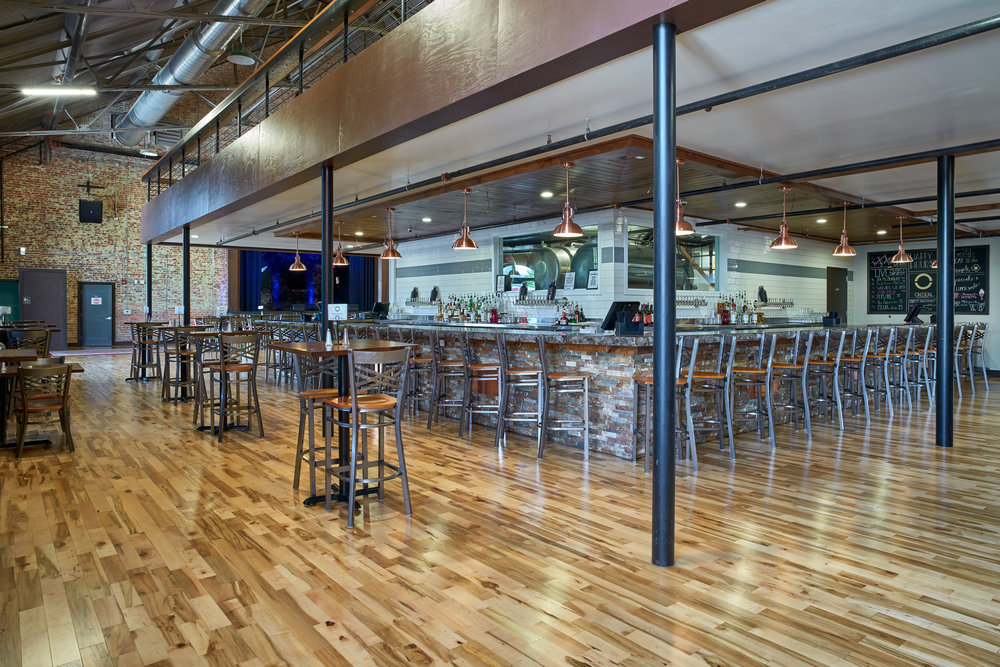By Diane Catanzaro and Chris Jones
The balance between public health and the economy has important implications for how and when Virginia re-opens restaurants and brewery, distillery, and winery tasting rooms to the public. Since mid-March most of these businesses have been struggling to survive primarily through take-out and delivery services. The majority of their employees have been terminated or furloughed and have lost all or most of their income. We have all come to understand not only how much our economy depends on these businesses, but how much we truly miss social interaction with the staff, bartenders, beertenders, managers, and business owners in the hospitality industry. We miss the people, the food, and having a gathering place to visit with friends, family, and neighbors. But, many of us are understandably leery about re-entering these public spaces until we have a better handle on the virus’ spread, a reduction in new cases, and improved testing capability.
Happily, at some point our restaurants and tasting rooms will re-open. Rather than ‘flipping a switch’ and going back to ‘normal’ all at once, it makes senses to look at a phased re-opening where these businesses take various steps to allow customers to return while minimizing risk of contracting the COVID-19 virus. While many focus on “when” these businesses can re-open, an important and related factor is “how.”
The owner of the Vanguard Brewpub and Distillery in Hampton, Randy Thomas, joined Patrick Evans-Hylton, the well-known Chef, food journalist, and President of Virginia Drinks + Eats Omnimedia, to develop a proposal of recommendations to Governor Northam. These recommendations are based on National Restaurant Association guidelines as well as those being used in other States. We feel this proposal is a good starting point for discussion of specific practices that may help customers to be able to patronize Virginia restaurants and tasting rooms with a greater degree of confidence and safely when they do open.
Recommendations by Thomas and Evans-Hylton include having an occupancy limit based on square feet of dining space instead of a one-size-fits all approach, maintaining a 6-foot separation of dining parties, sanitizing table condiment packaging and other touch surfaces between seatings, disposable menus, having contactless hand sanitizer readily available, and staggering or separating workstations to protect staff.
While there is likely to be a range of opinions on specifics and the important question of when to re-open, we feel that these recommendations are a good starting place for discussion about how our restaurants and tasting rooms can re-open, when the time comes, in a way that minimizes risk to the public and staff.
In the meantime, support your local breweries. Many are doing delivery, and all are doing contactless or semi-contactless pickup of tasty craft beer. The 757 “production breweries” that package in bottle or cans will appreciate your choosing their brand when you visit a supermarket. But, do note that the struggle is real and most intense for smaller breweries whose products aren’t on store shelves, their only distribution for the time being is through pick-up or delivery. Check out your local brewery’s website, Facebook page, or Instagram to find out about pick-up and delivery options, and patronize these businesses so they can weather the storm and continue to add value to our lives and our local economy. Seldom has there been an opportunity to improve our world by staying home, getting take-out, and drinking beer. In the meantime, stay safe, tip your delivery person, and be kind.




